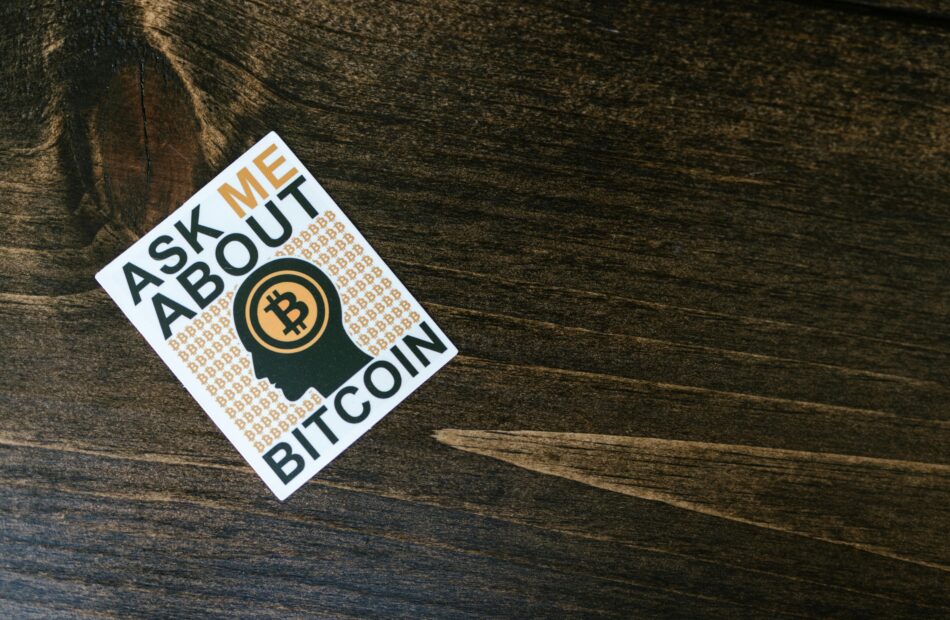The truth about Pi coin: Could it be the next Bitcoin?
Pi Network has been making waves in the cryptocurrency world, but not all of the attention has been positive. While the project has gained a significant following, it has also faced criticism for its centralization, inflated user numbers, and concerns over its tokenomics.
One of the main concerns surrounding Pi Network is its centralization. Unlike most cryptocurrencies, which are decentralized and run on a network of nodes, Pi Network is controlled by a small group of developers. This goes against the core principles of blockchain technology, which is meant to be decentralized and transparent.
Another issue that has been raised is the inflated user numbers. Pi Network claims to have over 17 million users, but many have questioned the validity of this number. Some have even accused the project of artificially inflating its user base to create a false sense of popularity.
But perhaps the biggest concern for Pi Network is its tokenomics. The project’s native token, Pi, is inflationary, meaning that the supply will continue to increase over time. This goes against the traditional model of cryptocurrencies, which have a limited supply and are designed to increase in value over time. This has led to doubts about the long-term sustainability of Pi Network and its token.
Despite these controversies, Pi Network continues to attract new users and gain attention in the crypto community. The project’s goal of creating a user-friendly and accessible cryptocurrency has resonated with many, and its unique approach has sparked curiosity and interest.
Only time will tell if Pi Network can overcome these challenges and establish itself as a successful and sustainable cryptocurrency. But for now, it remains a controversial and intriguing project in the ever-evolving world of digital currencies.


Leave a Reply
You must be logged in to post a comment.